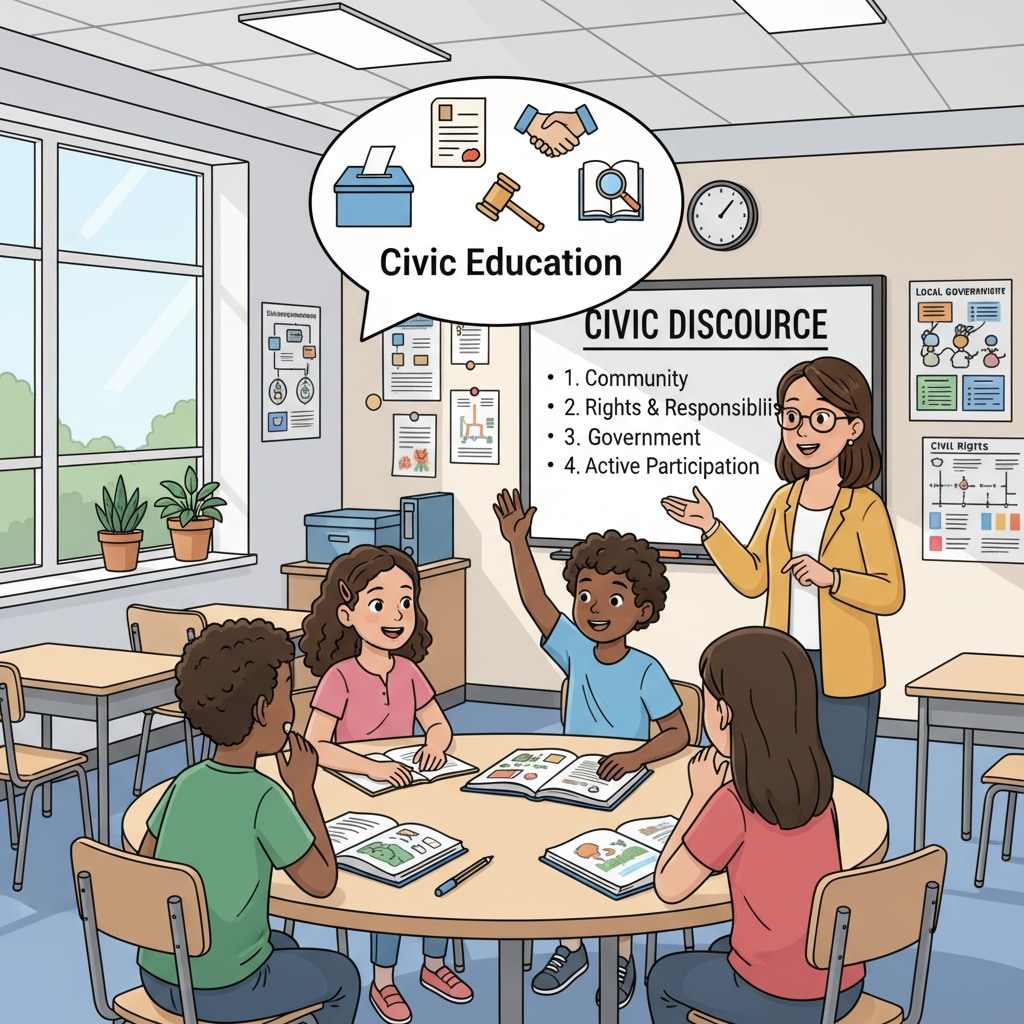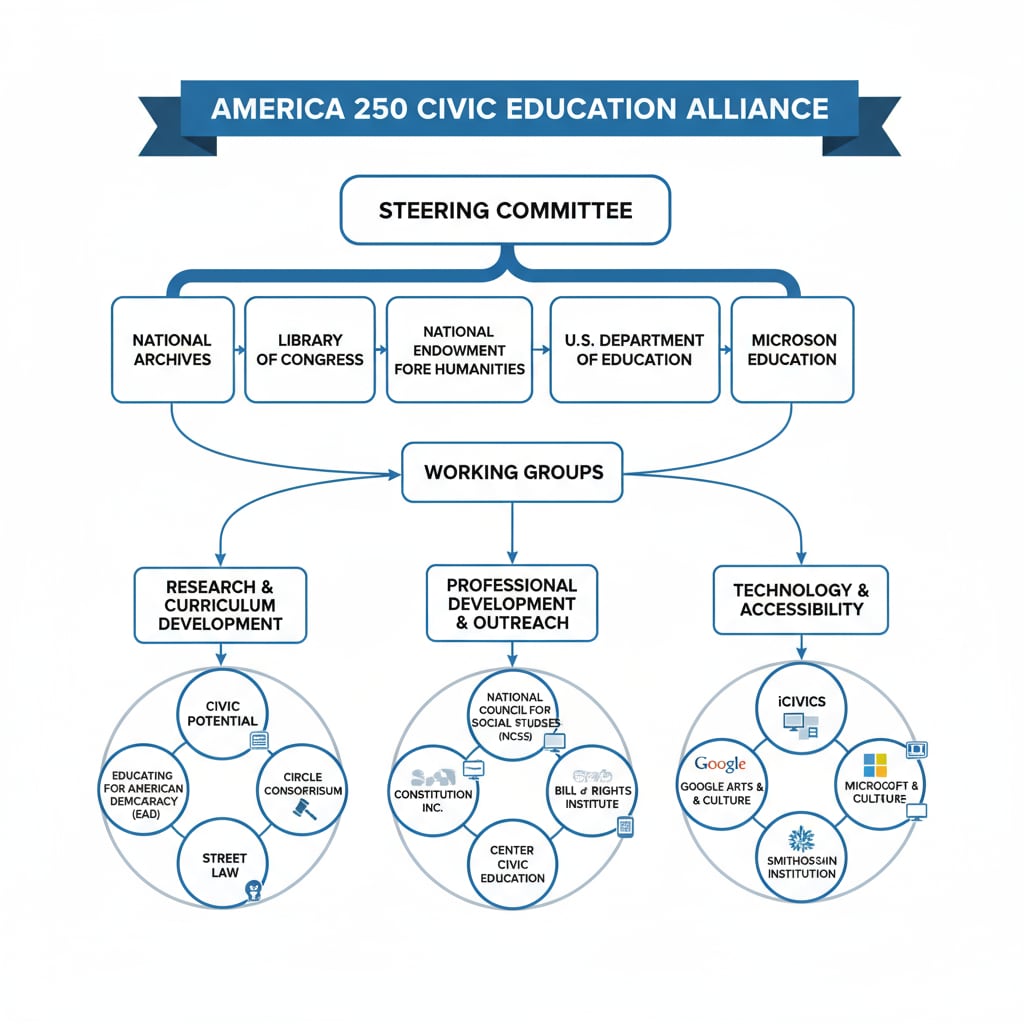The American Department of Education, in collaboration with multiple organizations with strong political overtones, has initiated the “America 250 Civic Education Alliance”, which has sent ripples of concern throughout the education community. This initiative has drawn particular attention due to the potential implications it holds for the K – 12 education system. Civic education is a cornerstone of a democratic society, aiming to prepare students to be informed, engaged citizens. However, when political forces enter the equation, it can muddle the waters and raise questions about the integrity of this educational mission.

The Composition of the Alliance
The America 250 Civic Education Alliance is not a simple gathering of educational entities. It consists of organizations that have clear political stances. These organizations often have their own agendas, which may not always align with the purest form of civic education. For example, some may be more focused on promoting a particular political ideology rather than fostering a broad understanding of civic responsibilities. According to The National Education Association, such an alliance has the potential to influence the curriculum in ways that could be seen as one – sided. When these politically – charged groups come together with the Department of Education, it creates an environment where the educational content may be skewed towards certain political views.

Potential Impact on K – 12 Education
In the K – 12 education sphere, the implications are far – reaching. Firstly, the curriculum may be at risk of being politicized. Teachers may find themselves in a difficult position, as they are expected to teach from a curriculum that may be influenced by political motives. This could limit the students’ exposure to a diverse range of ideas and perspectives. For instance, history lessons may be presented in a way that glorifies certain political movements while downplaying others. As a result, students may not develop a well – rounded understanding of the past, which is crucial for making informed decisions in the present. Secondly, it could also affect the learning environment. Students may feel pressured to conform to certain political views, which can stifle open dialogue and critical thinking. Education Week has reported on similar situations in the past where political interference in education led to a less inclusive and dynamic learning environment.
Maintaining the neutrality and diversity of education is of utmost importance. Educational institutions should be places where students can explore different ideas freely, without being indoctrinated into a particular political ideology. To safeguard this, schools and educators need to be vigilant. They should question the sources of educational materials and ensure that the curriculum is balanced. Additionally, parents and the wider community also have a role to play. By staying informed and voicing their concerns, they can help protect the integrity of civic education. In conclusion, the America 250 Civic Education Alliance, while potentially well – intentioned, has raised valid concerns about the intrusion of political forces into the realm of K – 12 civic education. It is essential that all stakeholders work together to uphold the principles of neutrality and diversity in education.
Readability guidance: The content uses short paragraphs to present ideas clearly. Each H2 section provides a focused discussion with relevant examples. The passive语态 is kept to a minimum, and transition words like “firstly”, “secondly”, and “for example” are used to enhance the flow of the text.


